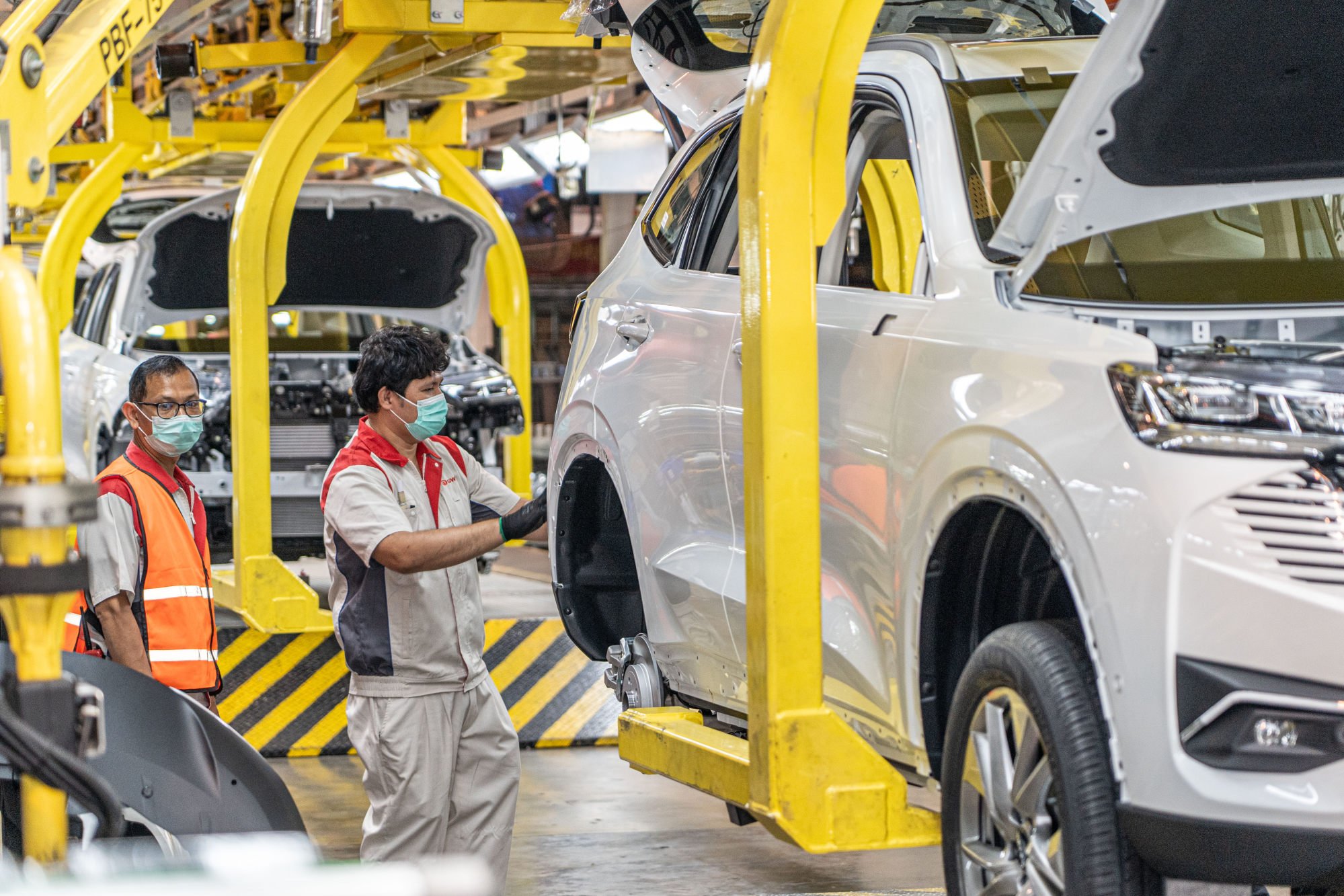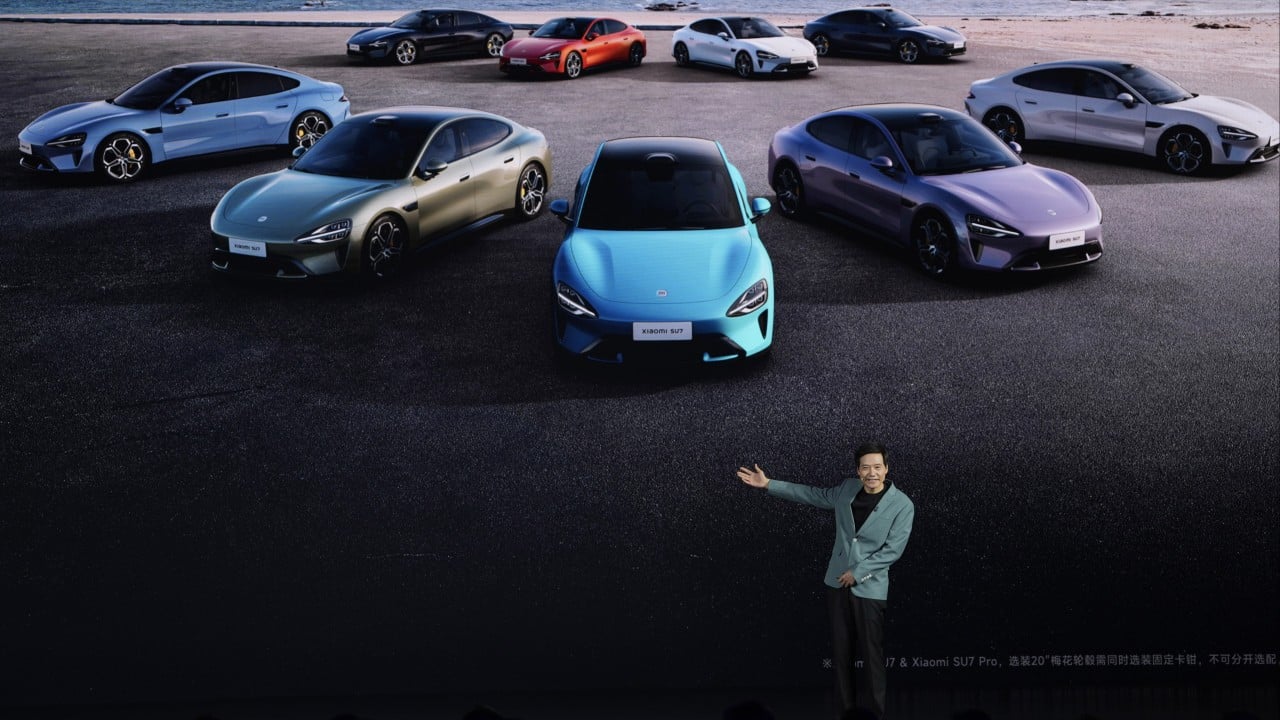Competition in China’s cut throat car market is pushing even senior legacy auto executives to take up live streaming to promote sales.
The jeans-and-jacket-wearing electric vehicle start-up bosses have increasingly been joined in recent months by seasoned employees from legacy carmakers, including some middle-aged shirt-and-tie types from conservative state-owned auto giants.
As well as upping their appeal to younger consumers, live streaming offers companies the chance to interact more directly with potential customers and showcase a vehicle’s technology and performance without the filter – and expense – of traditional advertising or media.
“If you’re not live streaming these days you’re kind of a dinosaur,” said Mark Tanner, managing director of Shanghai-based marketing firm China Skinny. “If you can come up with something that is novel and exclusive, then hearing from respected people like these industry veterans from the convenience of your phone can be quite a draw.”

The approach shares similarities with the play book of Tesla, which pioneered a direct sales strategy based on building a closer relationship between owners, the brand and its CEO Elon Musk via its app, social media and other online channels.
The more recent development is the greater personalisation of live streaming, often featuring auto executives taking part in long road trips. The videos allow would-be customers to see for themselves in real time how the cars perform, with driving range and driving-assistance features among viewers’ top concerns.
Xiaomi’s Lei Jun, who has nearly 24 million followers on Chinese social media platform Weibo, is one executive piling pressure on his peers to up their social media game. The introduction of Xiaomi’s SU7 EV in March was watched by tens of millions of viewers online. The company has since shipped about 20,000 units.

In May, Lei, whom some fans have dubbed ‘Thor’ on social media, racked up 39 million views for a three-and-a-half hour live stream of him using the car’s autonomous driving features on a trip between Shanghai and Hangzhou.
Nio’s founder William Li – an internet-turned-auto executive – has also become a frequent live-streamer since the first live broadcast from his personal Weibo account in early March. His cross-country road trips in Nio cars have helped build a follower base of roughly 600,000.
Since then, founders of China’s legacy carmakers including the usually social-media shy Li Shufu from Zhejiang Geely Holding Group and Wei Jianjun of Great Wall Motor have joined in. Wei’s first live stream showed off Great Wall Motor’s advanced assisted-driving features.
Now, several executives from even state-owned carmakers are getting in on the act. Guangzhou Automobile Group registered Weibo accounts for the first time in May, including for President Feng Xingya and Gu Huinan, the head of EV brand Aion.
In his debut video, Gu comes across as slightly awkward, with editors trying to jazz up his post by adding a greeting from former NBA basket player Yi Jianlian and cutesy voice-overs and animation.
“In the past, people in the industry thought we are a little bit reserved,” Gu said during a panel discussion at an auto forum earlier this month. “This kind of platform gives us direct interaction with our users. They know what we think, we know what they want.”
For some, it’s not an easy transition from the boardroom to appearing live in front of the camera.
The chairman of Chery Automobile, Yin Tongyue, has also started live streaming in recent months and underscored how veterans like him must learn from their more tech-savvy industry peers. “Even a 60-year-old man like me has to do this.”


